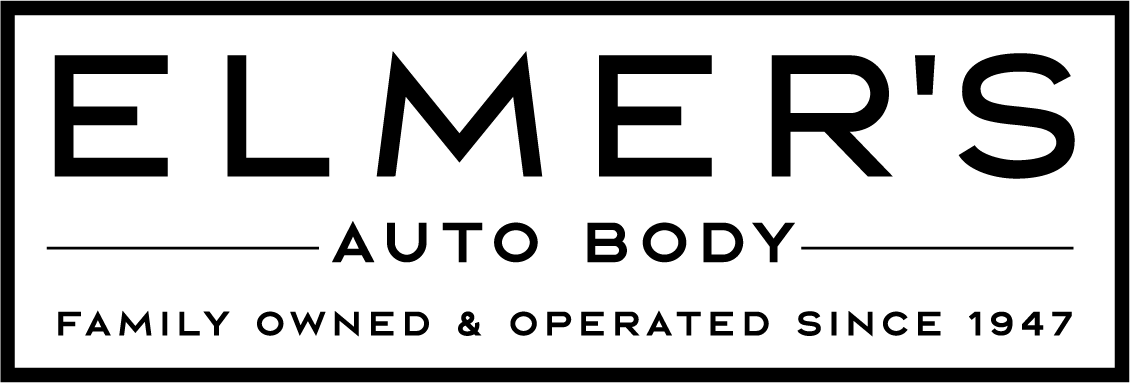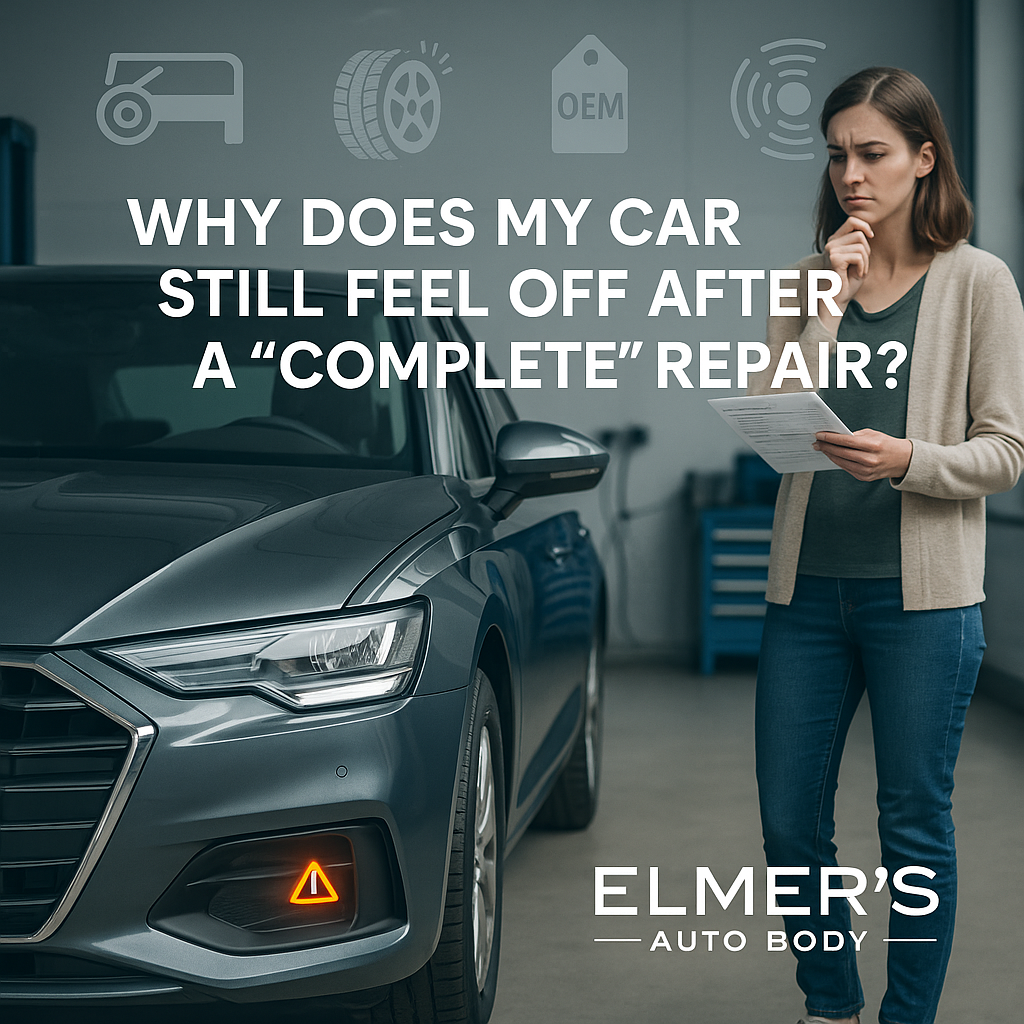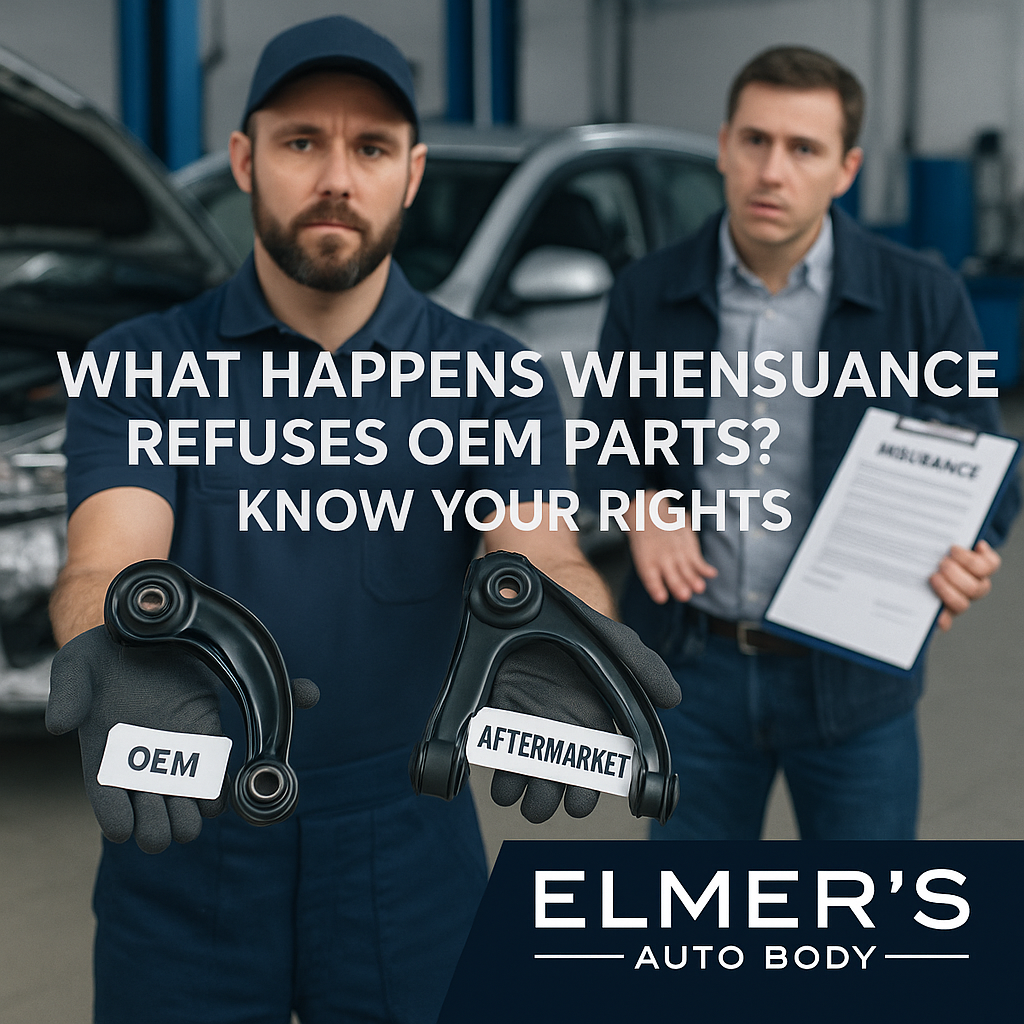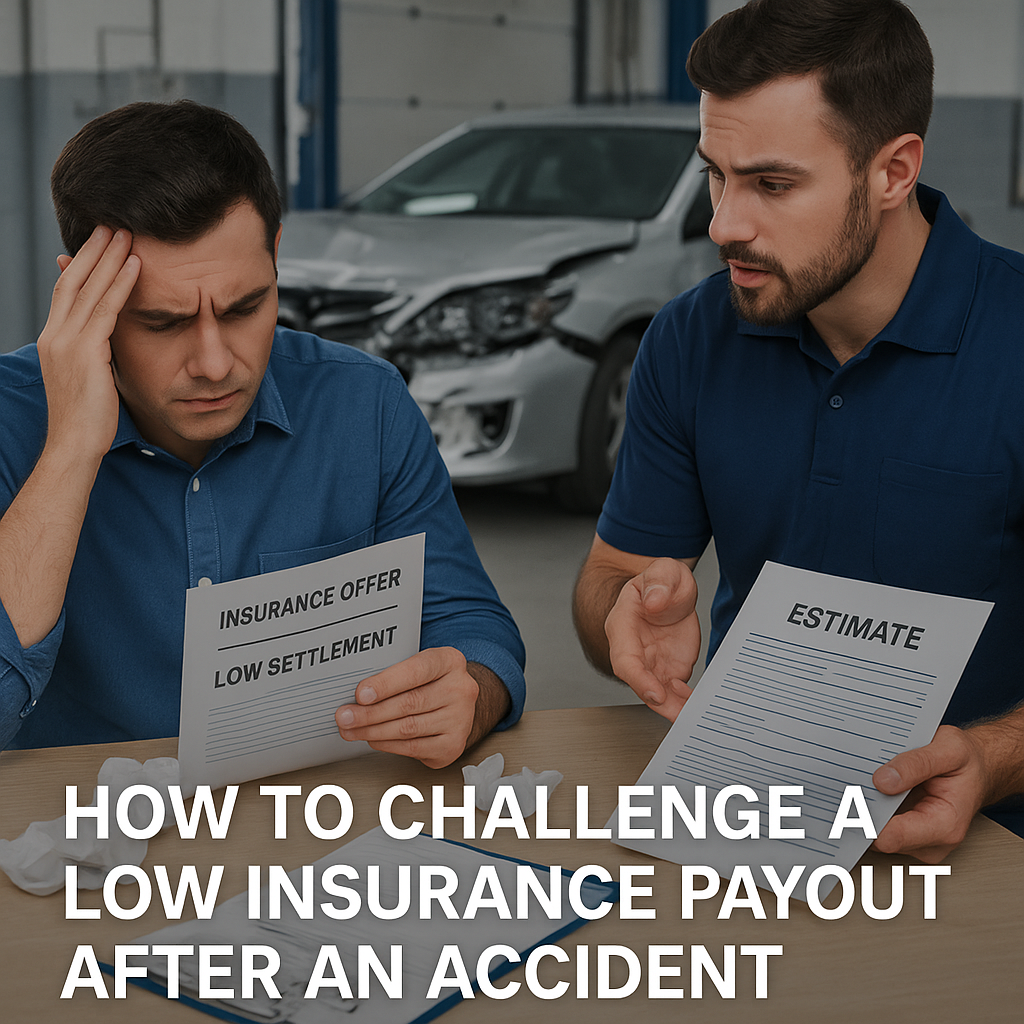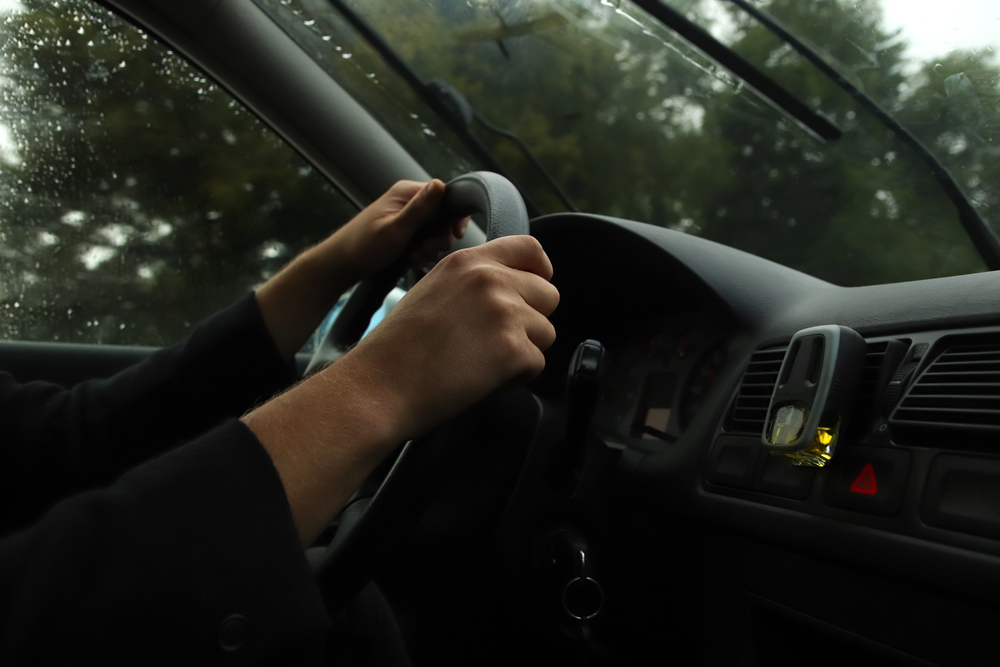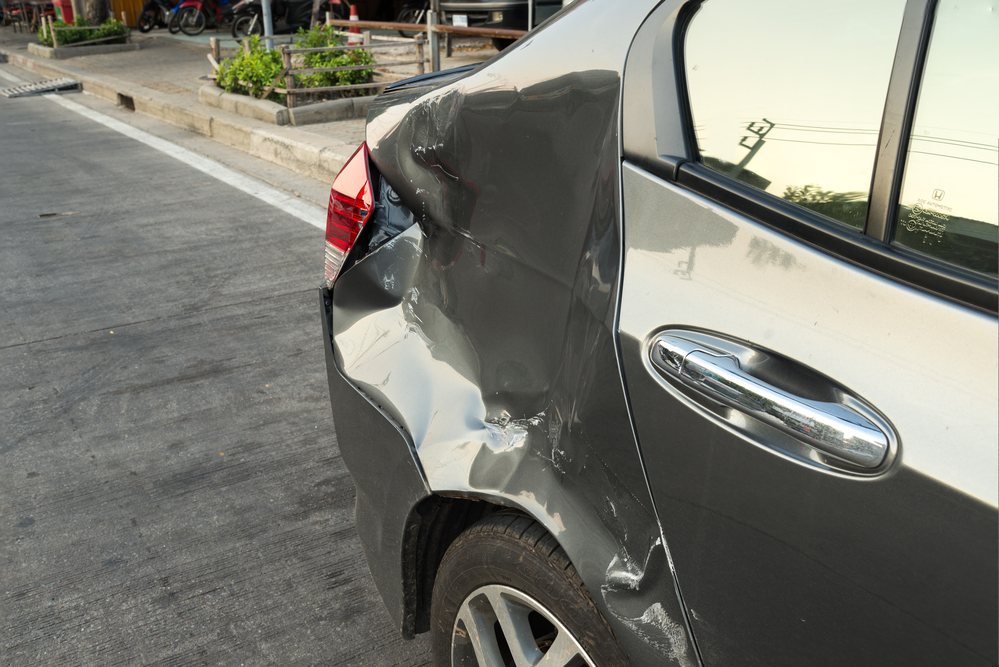After a car accident, you want to get your vehicle repaired as soon as possible. You also hope that once the work is done, it’s done. Your vehicle will look, drive, and feel like it did before the crash. But what if your car still feels off after a complete repair? What does that mean? At Elmer’s Auto Body, our team hears this concern from time to time, especially from customers who had repairs done elsewhere. If your car doesn’t feel quite right after an accident repair, there’s usually a reason—and you have every right to get it checked out.
Here’s why your car might still feel off after repairs and what you can do about it.
Key Takeaways
- Hidden structural damage can go undetected if a shop skips thorough inspections; even a small misalignment in the frame or unibody can affect handling and safety.
- Improper suspension or alignment correction can cause vibrations, uneven tire wear, and steering issues that make the car feel unstable after repair.
- Non-OEM or low-quality parts may not fit or perform the same as original components, leading to strange noises, panel misfits, or compromised safety.
- Advanced Driver Assistance Systems (ADAS) must be recalibrated after a crash; skipped calibrations can result in malfunctioning safety features and dashboard warnings.
- Poor workmanship or rushed repairs often result in incomplete fixes, cosmetic flaws, and mechanical issues that leave your vehicle feeling “off”—a second opinion can uncover what was missed.
1. Hidden Structural Damage Was Missed
Even in a minor collision, your vehicle’s frame or unibody can suffer damage that’s not obvious to the naked eye. Unfortunately, some repair shops focus only on surface-level fixes—like replacing panels or painting—without performing a thorough structural inspection. If critical components like the subframe, cross members, or weld points were bent or weakened, your car might not handle the way it should, even if it looks fine on the outside.
Signs of unresolved structural damage include:
- Uneven gaps around doors, hood, or trunk
- Strange creaking or popping noises when driving over bumps or turning
- Vehicle doesn’t track straight or pulls to one side
- Difficulty with steering or uneven tire wear
If you suspect that structural damage is the cause, get it repaired as soon as you can. Structural damage is a safety risk, as a car’s frame is made to absorb crash energy. Without that, your car won’t be able to properly protect you in another accident.
2. Suspension or Alignment Wasn’t Properly Corrected
Both minor and major crashes can throw off alignment. Fender benders can, for example, alter tie rods, struts, control arms, and alignment angles. If any of these components are overlooked or not calibrated correctly during the repair process, your vehicle might feel off when you drive it again.
Here are some warning signs of misalignment:
- Steering wheel feels off-center, even when driving straight
- The car vibrates at higher speeds
- Tires wear unevenly or more quickly than usual
- Your vehicle drifts to one side
Pro Tip
If your vehicle still feels off after a repair—even if it looks fine—don’t ignore it. Strange handling, noises, or warning lights can signal deeper issues. Bring it to a trusted shop for a second opinion. You may be entitled to a corrected repair at no extra cost if it was covered by insurance.
3. Non-OEM or Low-Quality Replacement Parts Were Used
When it comes to collision repairs, not all parts are created equal. Some shops—especially when working under tight insurance budgets—will install aftermarket or salvaged parts instead of OEM (Original Equipment Manufacturer) parts. While these alternatives may fit your vehicle, they can result in poor alignment, odd noises, and inconsistent performance.
Common issues with non-OEM parts:
- Slight differences in size or shape that cause panels to fit poorly
- Lower-quality materials that wear out faster
- Parts that don’t meet factory standards for safety or durability
At Elmer’s Auto Body, we use OEM parts only, ensuring that everything from bumpers to brackets matches your car’s original design. This maintains your vehicle’s performance, safety, and resale value. If your car doesn’t feel the same after repairs, the parts used could be the reason.
4. Safety System Calibration Was Skipped
Modern vehicles are equipped with Advanced Driver Assistance Systems, or ADAS, which need to be calibrated after an accident to function properly. ADAS includes things like lane departure warning, adaptive cruise control, and automatic emergency braking. Some red flags of improper or missed ADAS calibration include sensors acting erratically or not turning on at all; delays or failures in safety features, such as braking, acceleration, or steering; and a warning light that remains on even after repairs.
5. Poor Workmanship or Missed Steps
Sometimes, the issue isn’t with parts or systems—it’s with the quality of the repair work itself. A rushed job or a lack of training can lead to frustrating issues that you notice as soon as you get back behind the wheel.
Common signs of poor workmanship include incomplete disassembly that doesn’t uncover hidden damage, mismatched lines and uneven surfaces, paint overspray, and noises, like rattling, caused by loose panels.
You deserve only the best level of service and repair. If your vehicle doesn’t feel like it did before the accident, then you may be the victim of prioritized speed rather than quality. Let Elmer’s Auto Body do the repairs, and you will have every repair done right the first time.
What Should You Do If Your Car Still Feels Off After a Complete Repair?
If something doesn’t feel right after you get your car repaired after an accident, don’t ignore it. Consider the signs. Pulling, vibrating, and noises aren’t something that will go away, and it may even mean that the repairs weren’t done correctly or completely.
Here is what you should do if your car still feels off:
- Get a second opinion. Bring your vehicle to a trusted body shop like Elmer’s Auto Body for a post-repair inspection.
- Request a full diagnostic. We’ll check the structural alignment, suspension, calibration, and part quality.
- Ask for documentation. A reputable shop will show you what was done—and what was missed.
- Contact your insurance. If the initial repair was done through insurance, and it wasn’t completed properly, you may be entitled to a correction at no cost to you.
Frequently Asked Questions
1. Why does my car feel different after a repair?
Your vehicle may still have hidden structural damage, misaligned suspension, or improperly calibrated safety systems. Poor-quality parts or rushed workmanship can also contribute to post-repair issues.
2. What are signs that my repair wasn’t done correctly?
Common signs include pulling to one side, vibrations while driving, uneven tire wear, warning lights, or strange noises. If anything feels off, have your vehicle inspected by another repair shop.
3. Can I get the repairs corrected if they weren’t done properly?
Yes. If the original repair was done through your insurance and wasn’t completed correctly, you may be entitled to a no-cost re-repair. Get documentation from a reputable shop to support your claim.
4. What should I do if I suspect something was missed during repairs?
Bring your car to a trusted shop like Elmer’s Auto Body for a post-repair inspection. We’ll assess structural alignment, parts, and system calibration—and explain exactly what was done and what may have been overlooked.
Get Quality Repairs from Elmer’s Auto Body of South Jersey
You car should feel the same as it was before the accident when you get it repaired. Any difference means that something is still wrong. At Elmer’s Auto Body in South Jersey, we take the time to ensure the job is done correctly the first time around. That means using OEM parts, precise measurements, and ensuring every safety system is functioning properly. If you car still feels off after a complete repair, let Elmer’s Auto Body take a look. You deserve peace of mind every time you drive.
We proudly serve South Jersey from three locations: Medford, Sewell, and Mt. Ephraim. Contact us today to schedule an appointment at one of our locations by calling or filling out the online form.
